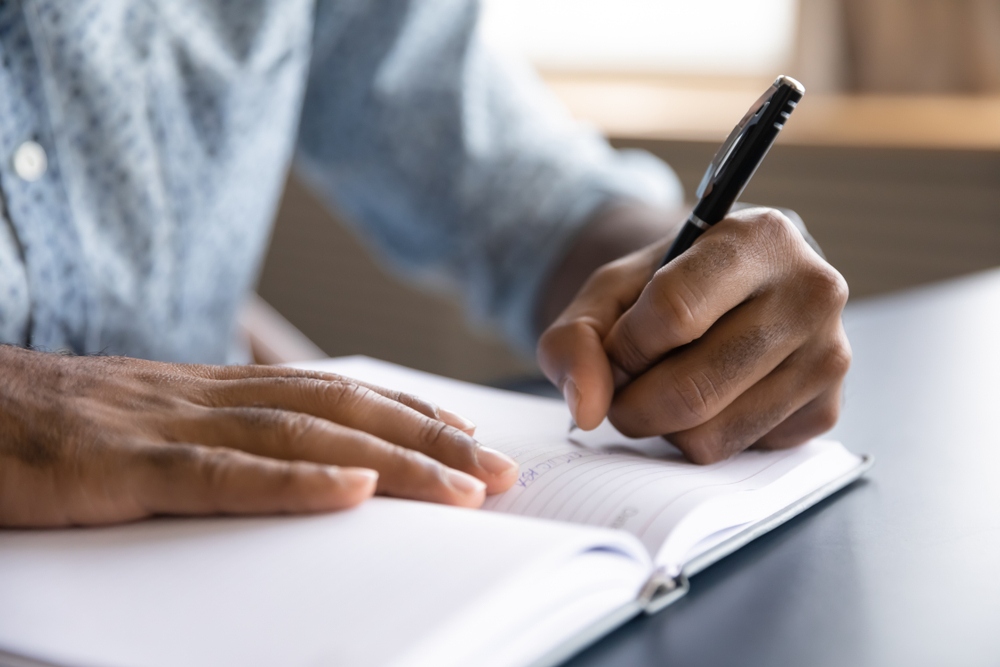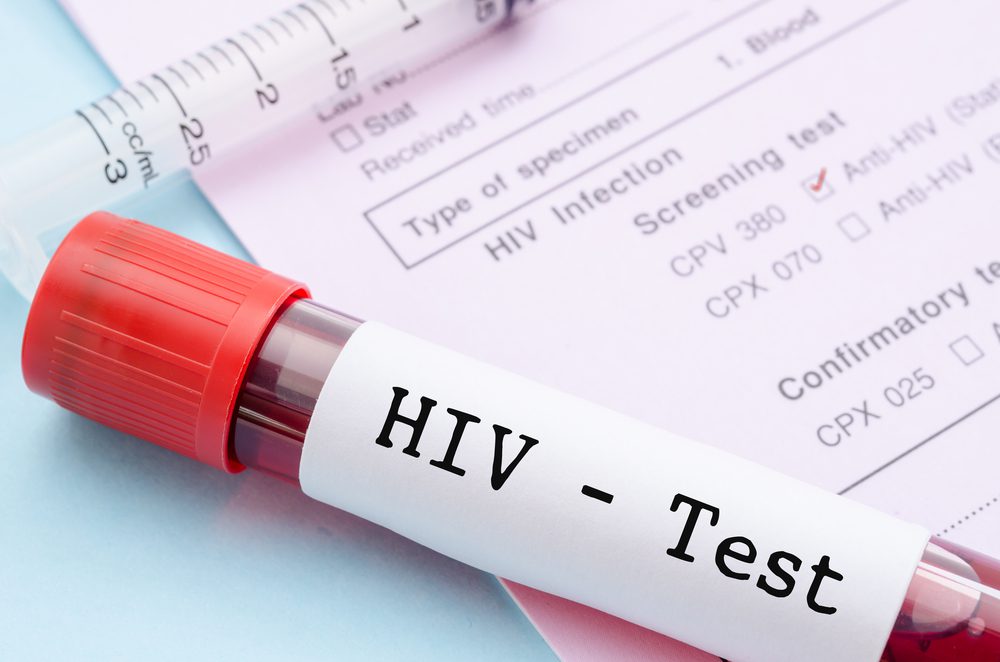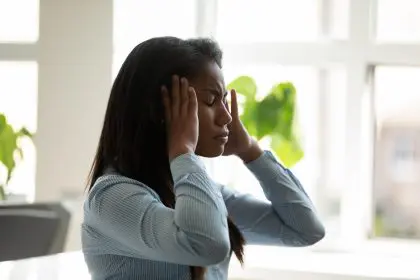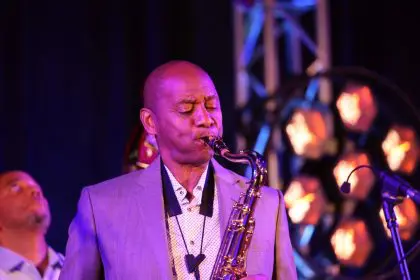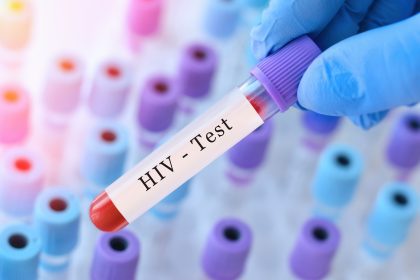Left-handedness has always been something of a mystery. If you’re among the roughly 10 percent of the population that favors their left hand, you’ve probably heard all kinds of theories about your brain being wired differently. But here’s something you might not know – your experience of pain could be fundamentally different from your right-handed friends.
When you stub your toe or touch a hot stove, your brain processes that information through complex neural pathways. For lefties, this processing follows a slightly different route, creating what might be a completely unique pain experience.
The brain’s pain processing system
Your brain doesn’t just receive pain signals – it actively interprets them. This interpretation happens in several regions, primarily the thalamus and the somatosensory cortex. These areas work together to tell you not just that something hurts, but where it hurts and how badly.
For most right-handed people, the left hemisphere of the brain is dominant for language and logical tasks, while the right hemisphere handles spatial awareness and emotional processing. Pain signals cross over in the spinal cord, so the right side of your body sends pain signals to the left hemisphere, and vice versa.
But lefties often show more balanced hemispheric activity or even reversed dominance patterns. This difference extends to how pain signals travel and get processed in their brains.
Why lefties feel pain differently
The way pain signals move through a left-handed person’s brain creates some fascinating differences in their experience:
Pain thresholds in left-handed people tend to differ from those who are right-handed. Many lefties report feeling pain more intensely in certain situations, while showing higher tolerance in others. It’s not that they’re more sensitive overall – it’s that their sensitivity profile looks different.
Ever notice how some people seem completely unbothered by a paper cut while others act like it’s the end of the world? That’s partly due to these processing differences.
The emotional component
Pain isn’t just physical – it’s emotional too. The emotional aspect of pain processing occurs primarily in the limbic system, including the amygdala and anterior cingulate cortex. These brain regions influence how unpleasant or distressing you find painful experiences.
Left-handed individuals often show different patterns of activity in these emotional processing centers when experiencing pain. For some lefties, this means they might feel less emotional distress from certain types of pain, while for others, the emotional component might be amplified.
Think about how you react when you accidentally hammer your thumb – do you get angry, cry, or laugh it off? Your handedness might influence this emotional reaction more than you realize.
The pain memory connection
Another fascinating aspect of pain processing involves memory. Your brain doesn’t just register current pain – it compares it to previous painful experiences, creating a kind of pain memory.
Left-handed people often encode and retrieve these pain memories differently. This difference could explain why some lefties seem to remember painful experiences more vividly, while others might forget them more quickly.
Have you ever found yourself dreading a doctor’s appointment because you remember how much a procedure hurt last time? Or conversely, been surprised that something painful wasn’t as bad as you recalled? Your handedness might play a role in these memory discrepancies.
Practical implications for everyday life
These processing differences don’t just make for interesting brain science – they have real-world implications. If you’re left-handed, understanding your unique pain processing system can help you manage discomfort more effectively.
For instance, lefties might respond differently to certain pain medications or benefit more from specific pain management techniques. What works for your right-handed partner might not work as well for you.
The exercise connection
Physical activity affects pain perception, and interestingly, the relationship between exercise and pain relief might look different for left-handed people.
Many lefties report unique patterns of exercise-induced analgesia – the natural pain relief that comes from physical activity. Some left-handed people experience stronger pain-relieving effects from exercise, while others might need different types of activity to achieve the same relief.
Next time you’re hitting the gym or going for a run, pay attention to how your pain levels change. If you’re left-handed, you might notice patterns that differ from what your right-handed workout buddies experience.
Sleep and pain processing
Sleep quality dramatically affects how we process pain, and left-handed people often show distinct patterns in this relationship too.
Poor sleep tends to amplify pain signals in everyone, but some evidence suggests this effect might be more pronounced in lefties. On the flip side, certain sleep stages might provide more effective pain relief for left-handed individuals.
If you’re left-handed and struggling with chronic pain, paying special attention to your sleep habits might yield better results than it would for right-handed people with similar conditions.
Environmental factors and learned responses
Not all pain processing differences are hardwired from birth. Left-handed people navigate a world designed primarily for right-handers, which means they’re constantly adapting to their environment in unique ways.
These adaptations can actually change how pain signals move through the brain over time. A lifetime of adjusting to right-handed tools and spaces creates neural pathways that might process pain signals differently as a result.
Think about all the times you’ve had to modify your approach to using scissors, can openers, or computer mice. These adaptations don’t just affect your motor skills – they might be reshaping how your brain processes all kinds of sensory information, including pain.
The genetics factor
Handedness has a genetic component, and these same genetic factors might influence pain processing. Several genes that contribute to left-handedness also play roles in the development of neural pathways involved in pain perception.
This genetic overlap might explain why left-handed people sometimes share pain processing characteristics with their left-handed relatives, even if they were raised in different environments.
Next time you’re discussing aches and pains with your family, pay attention to whether you and your left-handed relatives seem to have similar pain experiences that differ from the right-handed members of your family.
Practical pain management for lefties
If you’re left-handed, understanding your unique pain processing system can help you develop more effective pain management strategies:
- Pay attention to which pain relief methods work best for you, even if they’re different from what works for others. Your optimal approach might be unique.
- Consider your emotional response to pain as part of the experience, not separate from it. Techniques that address both physical and emotional aspects might be particularly effective.
- Experiment with different physical activities to find which ones provide the best pain relief for your left-handed nervous system.
- Remember that your pain experience is valid, even if it differs from others. The unique wiring of your left-handed brain creates a legitimate different experience – it’s not just “all in your head.”
Understanding the connection between handedness and pain processing isn’t just fascinating brain science – it’s information that can help you live more comfortably in your left-handed body. By recognizing and working with your unique neural wiring, you can develop pain management approaches tailored to how your brain actually works, not how right-handed brains are assumed to work.
So the next time someone tells you lefties are just right-handed people with a quirk, you can enlighten them about the profound differences that extend all the way to how you experience one of the most fundamental human sensations – pain.

